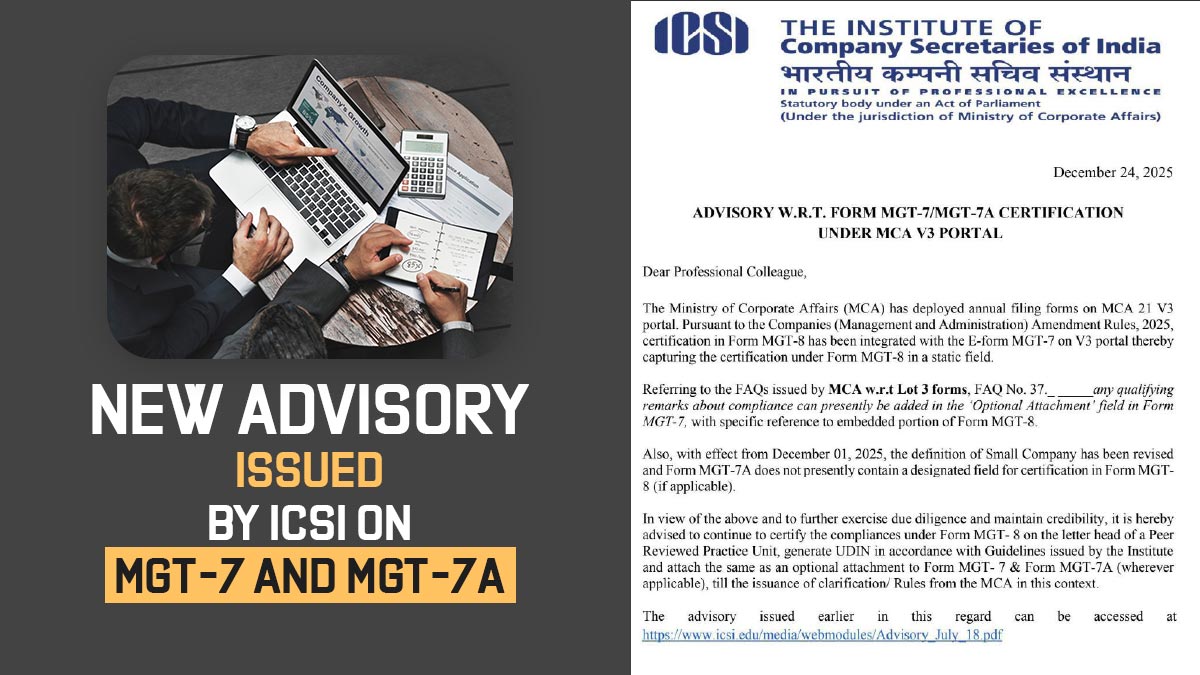The Goods and services tax will be absolute in the matter of curbing tax evading practices as the invoice matching mechanism will be a significant tool in ascertaining the transaction details while matching it with the details furnished by the taxpayer.
The model of invoice matching which will be used for availing the input tax credit and the concept itself proves to be very specific in terms of implementing a strict compliance. The concept has been implemented into the GST framework by repeated tries in order to facilitate the GST as much as the ministry can.
Congress Rajya Sabha MP Digvijay Singh mentioned that “One of the most important advantages of adopting this model is for curbing the possible tax evasion on account of fake invoice frauds.” The MP in his letter to the union finance minister Arun Jaitley mentioned that numerous tax returns filing will be increasing the compliance burden on the business units.
The finance minister further added that, “in the proposed GST design, the registered person is required to file only his initial return on 10th of the next month (return for outward supplies) while other returns on invoice matching and availing of ITC credit are auto-populated, Therefore, there is only one GST return with internally auto-populated returns for invoice matching and availing of input tax credit.”
And all the auto-filled returns will then be shared with the suppliers and the recipients by the means of GSTN which is a common portal to all the stakeholders, government, and the taxpayers. And the model of integrated GST was taken into the consideration to make ensure that input tax credit comes from the originating state and finally reaches its destination state.
In the letter of Jaitley to the congress head, there is specified that just because the invoice matching concept and the automated return system makes the input tax credit falls in the right hands and is transferred between the correct states.










